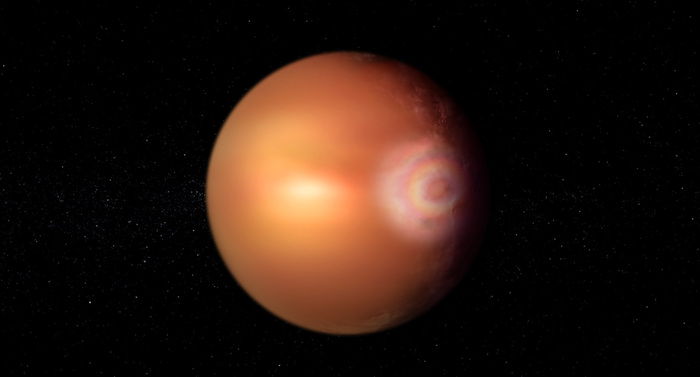The rare 'glory effect', a rainbow-like optical phenomenon surrounding shadows of objects with bright colored halos, has been glimpsed for the first time on a planet outside the Solar System, 637 light-years away. projected on clouds or fog: the clues were collected by the Cheops satellite of the European Space Agency and by other ESA and NASA missions, and were published in a study in the journal Astronomy & Astrophysics. If confirmed, the discovery led by the Portuguese Institute of Astrophysics and Space Sciences will reveal new aspects of the planet Wasp-76b, a very hot giant similar to Jupiter on which molten iron is probably raining. The National Institute of Astrophysics of Turin, Catania and Padua, the University of Padua and the University of Turin also participated in the research.
Often observed on Earth, the glory effect has only been found once on another planet, Venus. “There is a reason why no glory has been seen outside our Solar System so far: it requires very particular conditions,” says Olivier Demangeon, who led the study. “First, you need atmospheric particles that are almost perfectly spherical, completely uniform, and stable enough to be observed over a long period. The star close to the planet must shine directly on it – adds Demangeon – and the observer, in this case Cheops, must be in the right orientation”.
Data collected by the European satellite suggests that the first extrasolar 'glory' may have appeared on the border between the face of the planet constantly exposed to light and heat and the one perpetually in shadow. Confirmation of the discovery would mean that Wasp-76b is characterized by clouds composed of perfectly spherical water drops and a stable atmospheric temperature over time. Furthermore, the result will teach how to detect other phenomena that are difficult to observe but of fundamental importance, such as light reflected from liquid lakes and oceans.
Reproduction reserved © Copyright ANSA

